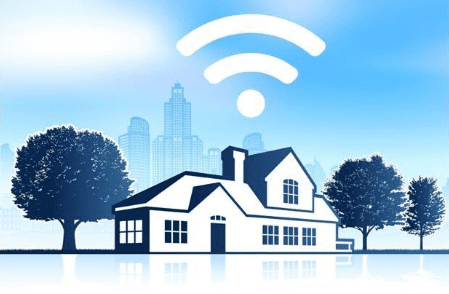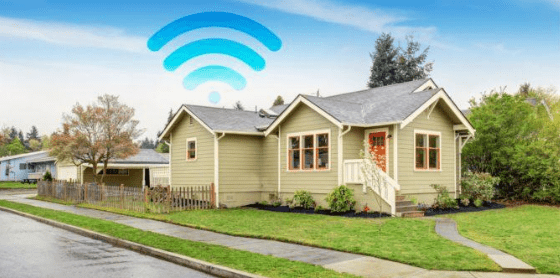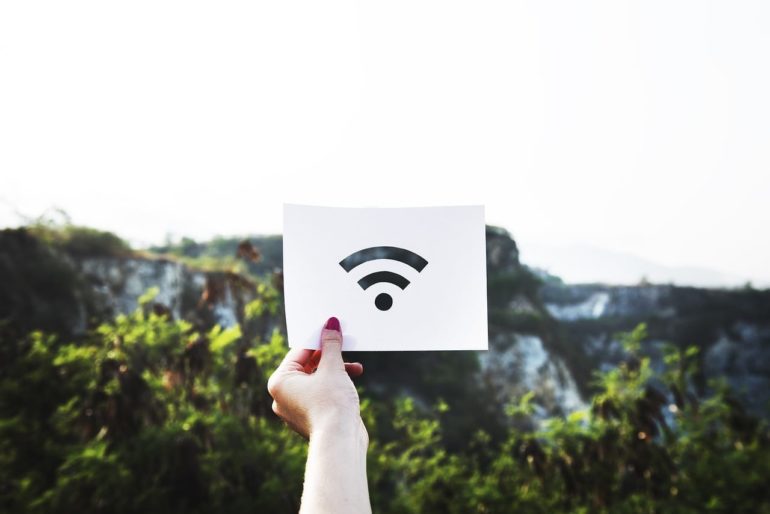A reliable Wi-Fi connection has evolved into one of the essentials for every household. It seems that most people cannot live without Wi-Fi these days. When internet connection at home slows down, life seems to freeze too. You won’t be able to connect to social media, watch online videos, or send e-mails.
If Wi-Fi is important at home, you need to know how to diagnose and fix the problem. This could save you tons of money so you won’t have to call in a professional every time you have a Wi-Fi problem.
Why Your Wi-Fi Slows Down

Before you can think of a fix, you must know what caused the Wi-Fi to slow down. There are several potential reasons for a lag. These include hardware limitations, firmware issues, the location of the router, and signal congestion. Make sure that your neighbors are not stealing your internet, too.
If you have no knowledge when it comes to fixing a slow Wi-Fi, you can call in an expert. They can perform the diagnosis for you and recommend a solution accordingly. Otherwise, you can check out the next section to learn about possible steps you can take to fix a slow home Wi-Fi.
How to Fix a Slow Home Wi-Fi
Below are some ideas that you can try the next time you encounter a lag.
Signal Interference
This is the most common reason for a poor Wi-Fi connection at home. There might be other devices interfering with the Wi-Fi router’s airwaves. Such devices include baby monitors, Bluetooth speakers, cordless phones, and your microwave oven. You can perform a Wi-Fi heat map at home so you can determine if interference is indeed the real cause of the problem. If it is, then you can fix the issue by changing the location of the Wi-Fi router to eliminate or minimize any interference.
Outdated Router Firmware
When the firmware is not updated, it can cause the system to lag down when trying to connect to the internet. There are two reasons why updating your router firmware can help with slow Wi-Fi. Having the latest version can give you access to new features or improvements. Another reason to perform the update is that you can also obtain security updates. The latter is most important because it will ensure that your system is secure and safe to use. Make it a habit to update the firmware of your Wi-Fi router on a regular basis.
Set Up a Guest Network
Signal congestion is one of the reasons a home Wi-Fi connection will slow down. When there are too many devices connecting to a single network, it can inevitably cause the network to lag. That is why it is advisable to set up a guest network. Aside from limiting the congestion on your main network, you can also keep your own network secure and your shared files private. Do the same with your kids who use the Wi-Fi. A separate network can be provided for them to use, which is for their own safety when using the web. You can impose parental controls on that network to prevent them from accessing harmful websites.
Loose Cable Connections
This is a simple cause but it can actually have a significant impact on the quality of the Wi-Fi connection you are getting. When Wi-Fi is slow, check to make sure that no cables are loose or have been disconnected from the router.

Congested Band
Another fix is to try a different channel for your Wi-Fi router. If you are currently tuned to 2.4GHz frequency, moving to a less crowded channel might improve your Wi-Fi speed. You can use a Wi-Fi scanner in order to identify the optimum 2.4GHz channel within the area. You may also use the scanner to identify the least used band.
Compromised Wi-Fi Security
As mentioned above, unwanted users might gain access to your Wi-Fi network, causing it to slow down. It is important to check your wireless security to prevent this from happening. If you are currently using WEP or Open network, make sure to change the settings immediately. An open network means it is available for anyone with a Wi-Fi-enabled device to gain access to. It can also put your network at risk as hackers and malicious attackers can infiltrate your network. Ideally, you need to use the WPA2 with AES security protocol to protect your network and the devices using it.
Poor Router Location
The physical location of a Wi-Fi router can have a direct impact on the quality of the connection. As mentioned above, the current location of the router might result to signal interference from other devices. You need to place your Wi-Fi router at an elevated position. This will enable the signal to avoid physical obstructions from appliances and furniture. It is also recommended that you avoid placing your router near reflective surfaces such as mirrors or glasses. The signal could bounce off of these surfaces and significantly degrade the quality of your Wi-Fi connection.
If you have a big house, you might want to consider using a Wi-Fi signal booster. This will ensure that the signal is able to reach every room in the house. Another trick you can try is to adjust the antenna of the Wi-Fi router. This will enable equal distribution of the signal to different parts of the house. You can then expect equal signal strength regardless of your location at home.
Conclusion
Performing your own diagnosis and fixes for a slow Wi-Fi connection at home is ideal. However, if the problem persists, it would be best to consult an expert. You can also get in touch with your ISP (internet service provider) about the issue, as the problem could be from their end.


